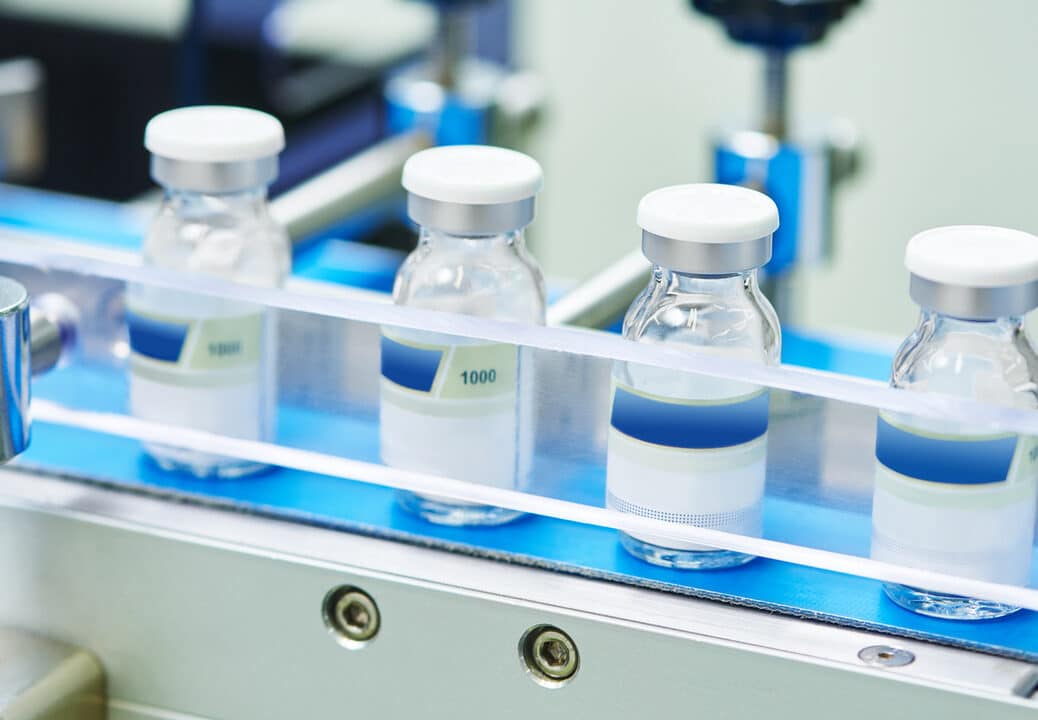
In today's scientific landscape, laminar flow cabinets play an essential role in providing a compact, contamination-free workspace on a budget. It's important to note that, unlike conventional cleanroom environments, laminar flow cabinets are also a fraction of the price and require significantly less space to operate, saving you time and money.
So, where can we commonly find them, and what applications are they used for? Well, that answer is slightly more complex, which brings us to the topic of today's article. But first off, let's start with the industries.
Laminar flow cabinets or laminar flow hoods have been adopted across a broad range of commercial and privatised industries. These include healthcare, manufacturing, life sciences, defence and energy production, to name a few. However, the roles of laminar flow cabinets within these industries can vary. Typically, these products can be found alongside more standardised fume extraction equipment, such as fume cupboards or Class II B2 biosafety cabinets.
In fact, recent innovations in fume extraction technology have combined the safety benefits of standard a ducted fume cupboard with the functionality of a laminar flow cabinet. Both of these innovative units are used in a variety of real-world applications as listed below.
Here are some of the most popular uses for laminar flow cabinets:
1. Pharmaceutical Production: When new pharmaceutical drugs are being created, there is a lot of hard work and time that needs to go into the process. Scientists often spend years formulating and testing new medications. LAF cabinets are commonly used for drug experiments and tests as a contaminant-free environment is vital to achieve accurate results.
2. Medical Laboratories: Medical labs need to have completely sterile environments in order to ensure there is no airborne contamination of their samples and experiments. Laminar flow cabinets are a popular option for laboratories that do not have their own clean rooms on hand.
Sometimes a UV lamp is used along a laminar flow fume cupboard in order to sterilise the area and ward off bacteria and viruses. If this is the case, the UV lamp is deactivated while the laminar flow cupboard is active as this ensures the operator is not exposed to the UV light emissions.
3. Tissue Cultures: When it comes to studying the biology of cells that come from living organisms, tissue cultures are a critical tool. Tissue cultures provide specialists with an environment that can be analysed and manipulated. Often a laminar flow cabinet will be used to give a contaminant free environment for tissue culture analysis and testing.
4. Medical Equipment Assembly: Organisations which assemble medical equipment and devices used for implants need to make sure they are working in a sterile environment. You will find that laminar flow cabinets are used for assembling manufacturing, and packaging medical equipment to make sure that there has been no contamination.
5. Lens Assembly: Medical equipment is certainly not the only area that requires a sterile and clean assembly environment. Lenses also benefit from being manufactured and assembled in a laminar flow cabinet. Having any particles or dust on a lens can cause dark marks when the camera is in use.
Think back to old movies where marks on films were a common occurrence. Modern movies do not have this issue thanks to equipment like laminar flow cupboards.
6. Electronic Parts Assembly: Another item which requires extreme clean environments during assembly is electronic parts. They are very sensitive to any kind of surface contamination, so LAF units are used to prevent this during both testing and assembly stages.
7. Data Recovery: It might surprise you to learn that data recovery services rely on this type of equipment. They use these cabinets to assist when recovering files from digital devices such as flash drives and hard drives. A single speck of dust on a microchip could cause serious damage.
8. Food Processing: For large scale food processing, a clean room or something similar is required, but on smaller scales, laminar flow cabinets work perfectly. Food products are often packaged in these contaminate free environments, and food testing labs commonly used them as well.
Whether you’re in the process of refurbishing your laboratory, looking to upgrade your equipment or would like more guidance on choosing the correct specification laminar flow cabinet for your application, feel free to get in touch or book a free consultation with one of our experts.
Level up your workspace with cutting-edge technology from TION.
Read our Privacy Policy for more information on how we collect and process data.



No thank you
Read our Privacy Policy for more information on how we collect and process data.